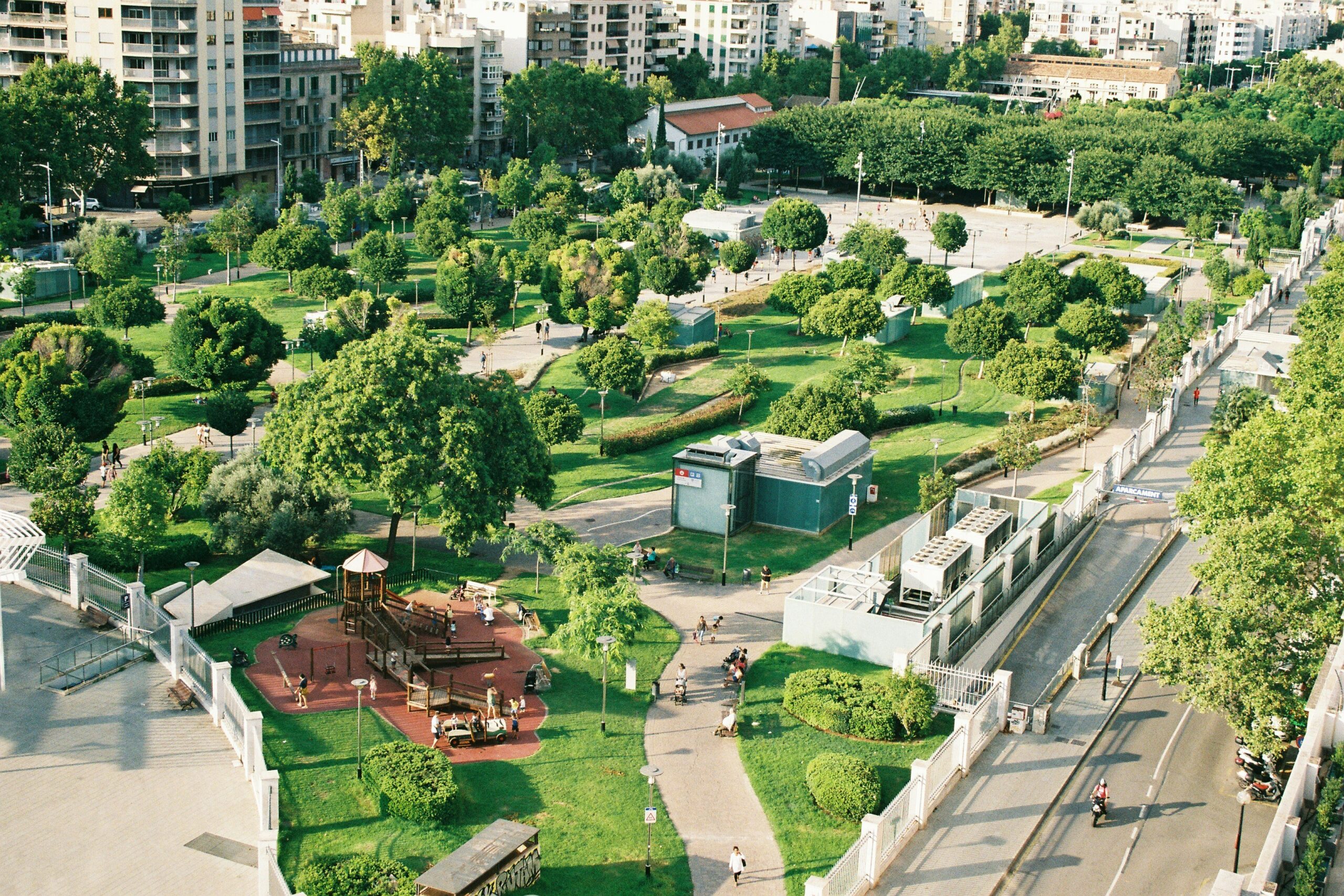
As the world shifts towards more eco-conscious and responsible practices, sustainable development in property investment has gained increasing importance. Investors, developers, and property managers recognize the benefits of integrating sustainability into their projects. These practices promote environmental responsibility and enhance long-term profitability and community well-being. This article will explore the key sustainable development practices in property investment that can help investors stay ahead of the curve while contributing to a greener future.
The Growing Importance of Sustainability in Real Estate
Sustainable development is no longer just a buzzword in real estate; it has become a critical component of modern property investment strategies. With the rising demand for eco-friendly spaces and the need to reduce environmental impact, sustainable practices have become essential for attracting environmentally conscious buyers and tenants. Furthermore, governments and municipalities are increasingly implementing regulations that require developers to adhere to green building standards. As a result, adopting sustainable practices helps preserve the environment and offers a competitive edge in the marketplace.
Green Building Standards and Certifications
One of the cornerstones of sustainable property investment is adhering to green building standards. These standards ensure a property is constructed and maintained with minimal environmental impact. The most widely recognized certifications include LEED (Leadership in Energy and Environmental Design), BREEAM (Building Research Establishment Environmental Assessment Method), and WELL Building Standard.
LEED Certification
LEED is a globally recognized green building certification system that evaluates a property’s performance in energy efficiency, water usage, air quality, and sustainable site development. Buildings that achieve LEED certification demonstrate a commitment to sustainable practices, which can be a strong selling point for tenants and buyers alike.
BREEAM Certification
BREEAM is another popular green building standard, particularly in Europe, but it has also gained traction globally. It assesses a building’s environmental performance across various criteria, such as energy use, water consumption, indoor environmental quality, and sustainable materials.
WELL Building Standard
The WELL Building Standard focuses on human health and well-being. It assesses the building’s impact on occupant health, including air quality, lighting, and overall comfort. Adopting the WELL standard can appeal to tenants and buyers who prioritize their health and well-being, making it a valuable investment for property owners.
Sustainable Site Development and Landscaping
Sustainable site development focuses on minimizing environmental impact during a property’s construction and maintenance. It involves careful planning and design to reduce soil erosion, protect natural habitats, and conserve water. Sustainable landscaping practices can also improve a property’s aesthetic value while promoting environmental stewardship.
Native Landscaping
One sustainable landscaping practice is the use of native plants. Native plants are well-adapted to the local climate and require less water, pesticides, and fertilizer than non-native species. By incorporating native plants into the landscape design, property developers can reduce water usage and promote biodiversity.
Rainwater Harvesting Systems
Rainwater harvesting systems collect and store rainwater for irrigation or non-potable applications. Property owners can reduce their reliance on municipal water sources by utilizing rainwater, leading to cost savings and environmental benefits.
Green Roofs and Living Walls
Green roofs and living walls are innovative solutions that contribute to sustainability by reducing heat islands, improving air quality, and enhancing biodiversity. These systems integrate vegetation into the building’s architecture, which can also provide insulation benefits and increase the property’s aesthetic appeal.
Waste Reduction and Recycling
Sustainable property investment also involves managing waste and promoting recycling. Construction waste, in particular, can have a significant environmental impact but can be minimized through careful planning and sustainable construction practices.
- Recycled Building Materials: Using recycled or salvaged materials in construction projects helps reduce the demand for new resources and minimizes waste. Sustainable materials such as reclaimed wood, recycled steel, and eco-friendly concrete are excellent options for green building projects.
- Waste Diversion Programs: Property managers can implement waste diversion programs to encourage tenants to recycle and compost. By providing accessible recycling bins and promoting sustainable waste practices, property owners can reduce landfill waste and promote a more eco-friendly community.
Water Conservation Practices
Water conservation is another critical aspect of sustainable property investment. With increasing concerns over water scarcity, implementing water-saving technologies and practices can reduce operating costs and contribute to a sustainable future.
- Low-Flow Fixtures: Installing low-flow faucets, showerheads, and toilets can significantly reduce water consumption in residential and commercial properties. These fixtures maintain performance while using less water, providing environmental and financial benefits.
- Graywater Systems: Graywater systems collect and treat wastewater from non-toilet sources, such as sinks and showers, for reuse in irrigation or flushing toilets. By incorporating graywater systems into property developments, investors can reduce water demand and promote sustainability.
Financial Benefits of Sustainable Property Investment
While sustainable development practices may require an initial investment, the long-term financial benefits far outweigh the costs. Sustainable properties often command higher rents and resale values due to their energy efficiency, lower operating costs, and environmental appeal. Furthermore, many governments offer tax incentives and rebates for implementing sustainable practices, providing additional financial benefits for property investors.
A Future-Oriented Approach to Property Investment
Sustainable development practices in property investment are essential for building a greener, more profitable future. By embracing green building standards, energy-efficient technologies, sustainable site development, and water conservation strategies, property investors can reduce their environmental impact, enhance the appeal of their properties, and improve long-term profitability. As demand for sustainable properties rises, adopting these practices will position investors for success in a rapidly changing market.